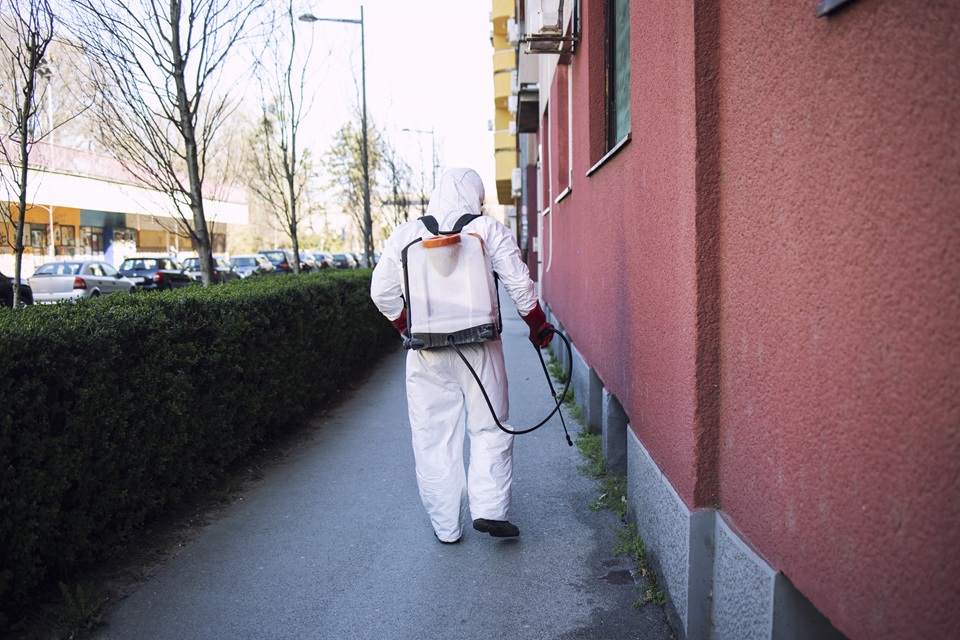Termites are often referred to as the silent destroyers of the business world. These tiny insects can cause massive structural damage to buildings, leading to costly repairs and significant business interruptions. For businesses, the presence of termites can not only affect the physical integrity of their premises but also their reputation and financial stability. Thus, implementing a comprehensive termite treatment plan is essential for safeguarding both the infrastructure and the economic interests of any business.
Table of Contents
Understanding Termites
Before delving into treatment plans, it’s crucial to understand the nature of the enemy. Termites are eusocial insects that thrive in warm climates and are known for feeding on wood and other cellulose materials. This makes them a formidable threat to buildings and structures. The most common types of termites that affect businesses include the subterranean, drywood, and dampwood termites. Each type has unique characteristics and requires specific treatment approaches.
The Importance Of Proactive Termite Management
Proactive termite management is vital for businesses to prevent infestations before they occur and mitigate the damage if they do. A comprehensive termite treatment plan involves several key steps:
1. Regular Inspections
Routine inspections by professional pest control experts help in early detection of termite presence. Regular monitoring allows businesses to catch infestations in their nascent stages, reducing the potential for extensive damage.
2. Integrated Pest Management (IPM)
An IPM approach combines various methods and practices to control termite populations effectively. It includes environmental modifications, biological controls, and chemical treatments tailored to the specific needs of the business.
3. Use Of Chemical Barriers
Creating a chemical barrier around the business premises is a common preventative measure. This involves applying termiticides in the soil around the structure to deter termites from entering the building.
4. Baiting Systems
Baiting systems are strategically placed around the property to attract and eliminate termites. These systems are minimally invasive and are an effective long-term solution for termite management.
5. Routine Maintenance
Maintaining the property to minimize moisture and decay can significantly reduce the risk of termite infestations. Regular maintenance includes fixing leaks, ensuring proper drainage, and removing wood debris from the vicinity of the structure.
Choosing The Right Pest Control Partner
Selecting a reliable pest control partner is crucial for implementing a successful termite treatment plan. Businesses should look for experienced professionals with a proven track record in managing termite issues. For those located in Alabama, services like Rodent control Huntsville offer comprehensive pest management solutions that include termite treatments.
Conclusion
A comprehensive termite treatment plan is not just a matter of necessity but a strategic investment for any business. By proactively managing termite risks, businesses can protect their infrastructure, maintain their reputation, and ensure uninterrupted operations. With the right approach and professional support, the threat of termite damage can be effectively minimized, safeguarding the business’s future.


